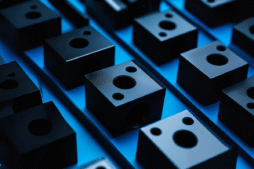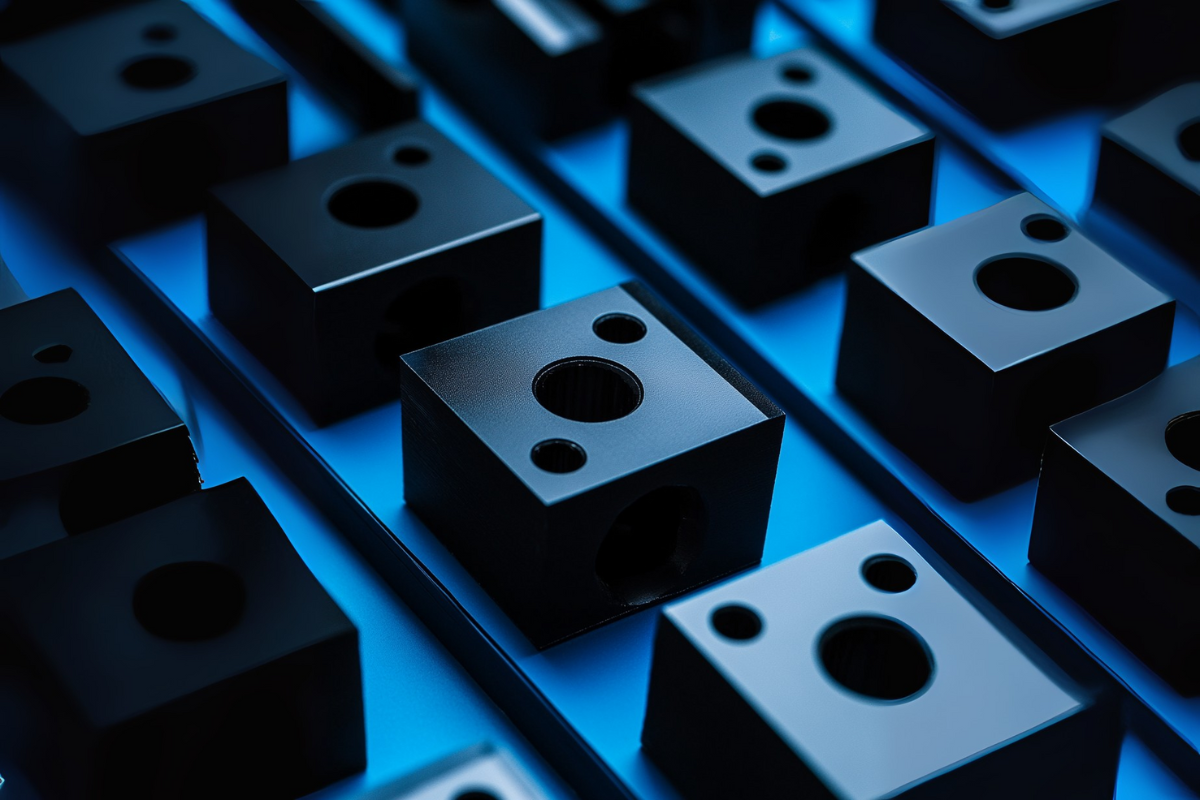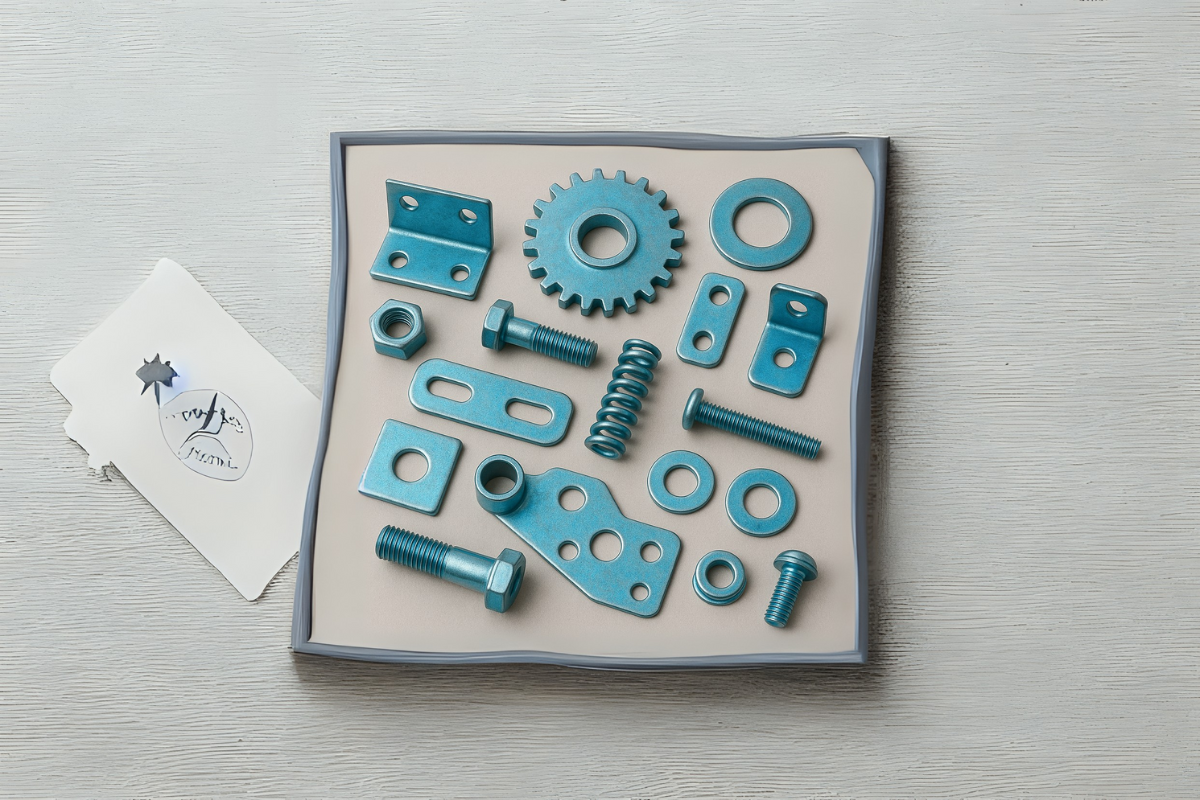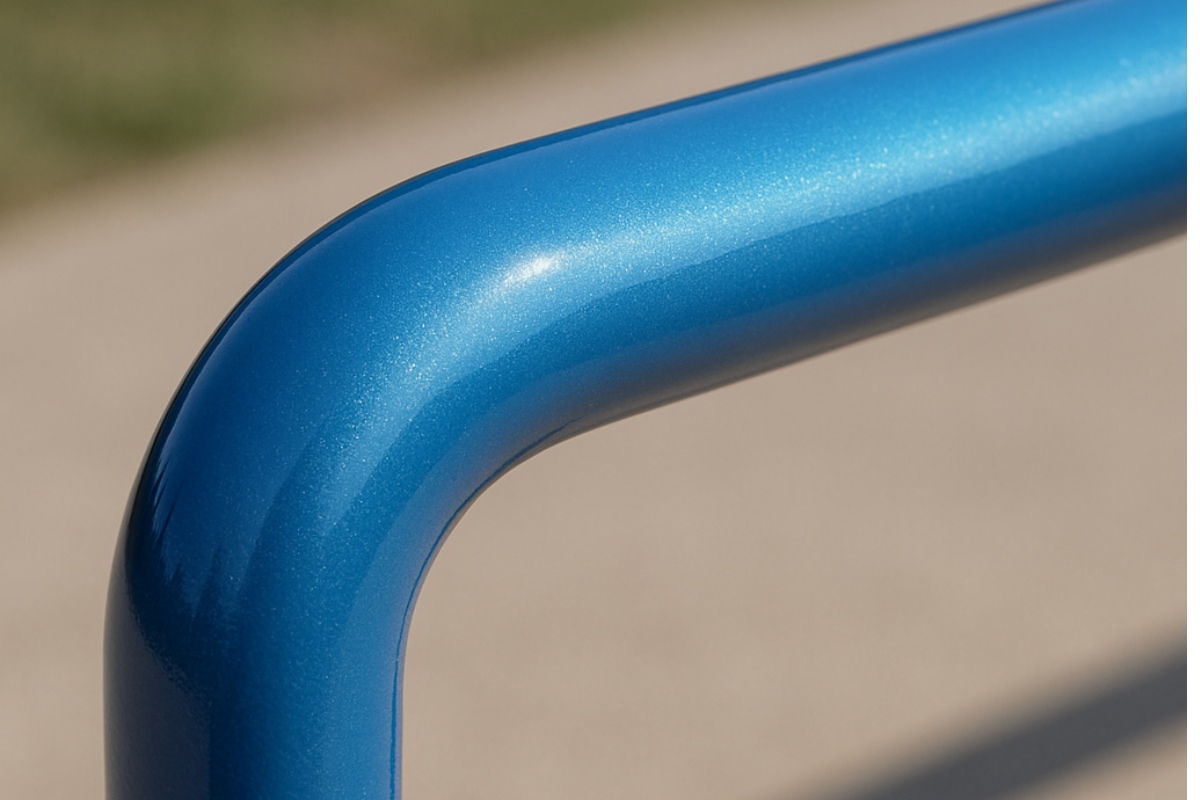Giới thiệu
Anodizing là một phương pháp xử lý bề mặt quan trọng giúp tăng cường độ bền, khả năng bảo vệ và tính thẩm mỹ của các bộ phận nhôm. Quá trình điện hóa này tạo ra một lớp oxit chắc chắn, mang lại khả năng chống ăn mòn vượt trội, tăng khả năng chịu mài mòn và nhiều lựa chọn màu sắc trang trí. Anodizing hiệu quả là điều cần thiết để cung cấp các thành phần nhôm có hiệu suất cao và hấp dẫn về mặt thị giác.
Các khiếm khuyết bề mặt thường gặp trên các bộ phận nhôm
Các bộ phận bằng nhôm thường có nhiều khuyết điểm bề mặt và chất gây ô nhiễm có thể ảnh hưởng tiêu cực đến quá trình anod hóa và lớp hoàn thiện cuối cùng. Bao gồm:
Lớp oxit: Nhôm oxit tự nhiên có trên bề mặt có thể ảnh hưởng đến độ bám dính của lớp phủ.
Mỡ, dầu hoặc các chất cặn bã khác: Các chất gây ô nhiễm còn sót lại từ quá trình sản xuất có thể ngăn cản lớp phủ bám dính đúng cách.
Vết xước, vết lõm và bề mặt không bằng phẳng: Các khuyết tật bề mặt có thể dẫn đến lớp hoàn thiện anodized không đồng đều hoặc kém chất lượng.
Các khuyết tật bề mặt và chất gây ô nhiễm trên các bộ phận nhôm có thể có tác động tiêu cực đáng kể đến quá trình anodizing và lớp hoàn thiện cuối cùng. Các lớp oxit, mỡ và các chất cặn bã khác có thể ngăn cản sự bám dính thích hợp của lớp phủ anodizing, dẫn đến giảm khả năng chống ăn mòn, khả năng chịu mài mòn và độ bền tổng thể của lớp hoàn thiện. Tương tự như vậy, các khuyết tật vật lý như vết xước và rỗ có thể dẫn đến màu sắc không đồng đều và vẻ ngoài không đồng đều, chất lượng thấp.
Vai trò của phun cát trong việc chuẩn bị bề mặt
Phun cát là bước xử lý trước quan trọng đối với các bộ phận nhôm trước khi anot hóa. Quy trình này sử dụng luồng hạt mài mòn để loại bỏ hiệu quả các chất gây ô nhiễm bề mặt, lớp oxit và các khuyết điểm, tạo ra bề mặt sạch và có kết cấu tối ưu cho quá trình anot hóa.
Quá trình phun cát loại bỏ hiệu quả các khuyết điểm trên bề mặt và tạo ra một cấu hình tối ưu cho quá trình anod hóa. Bằng cách đẩy các hạt mài mòn với vận tốc cao, quá trình phun cát sẽ làm sạch bề mặt nhôm một cách cơ học, loại bỏ các lớp oxit, chất gây ô nhiễm và các điểm không đồng đều khác. Điều này tạo ra một bề mặt sạch, có kết cấu đồng đều, cung cấp độ bám dính vượt trội cho lớp phủ anod.
Lợi ích của việc chuẩn bị bề mặt đúng cách thông qua phun cát
Việc chuẩn bị bề mặt kỹ lưỡng thông qua phương pháp phun cát mang lại một số lợi ích chính cho các bộ phận nhôm anodized:
- Độ bám dính của lớp phủ anot được cải thiện
- Tăng cường khả năng chống ăn mòn
- Màu sắc đồng đều, nhất quán
- Tăng khả năng chống mài mòn và chống mài mòn
- Lớp hoàn thiện anodized bền lâu hơn
Bằng cách tạo ra bề mặt sạch, có kết cấu, phun cát đảm bảo lớp phủ anot có thể liên kết hiệu quả với lớp nền nhôm, mang lại lớp hoàn thiện bền và đáng tin cậy.
Điều chỉnh quy trình phun cát để có kết quả tối ưu
Quá trình phun cát có thể được tinh chỉnh để đạt được các đặc điểm bề mặt tối ưu cho các yêu cầu anodizing khác nhau. Các yếu tố chính có thể được điều chỉnh bao gồm:
- Phương tiện phun (ví dụ: kích thước, loại, độ cứng): Có thể tùy chỉnh lựa chọn các hạt mài mòn, chẳng hạn như cát, hạt thủy tinh hoặc oxit nhôm, để tạo ra kết cấu và hình dạng bề mặt mong muốn.
- Áp suất phun: Điều chỉnh áp suất không khí hoặc lực ly tâm dùng để đẩy vật liệu mài mòn có thể ảnh hưởng đến cường độ và độ sâu của quá trình xử lý bề mặt.
- Thời gian và khoảng cách tiếp xúc: Có thể kiểm soát thời gian và khoảng cách của hoạt động phun cát để đảm bảo chuẩn bị bề mặt đồng đều và nhất quán.
Bằng cách điều chỉnh cẩn thận các thông số này, nhà sản xuất có thể tạo ra bề mặt lý tưởng để tăng cường độ bám dính, khả năng chống ăn mòn và tính thẩm mỹ của lớp hoàn thiện anot hóa trên các bộ phận nhôm.
Xác nhận hiệu quả của việc phun cát
Đảm bảo hiệu quả của quá trình phun cát là rất quan trọng để đạt được kết quả anodizing tối ưu. Các biện pháp kiểm soát chất lượng nghiêm ngặt là cần thiết để xác minh rằng việc chuẩn bị bề mặt đáp ứng các thông số kỹ thuật cần thiết.
Các kỹ thuật kiểm tra phổ biến bao gồm:
- Đo độ nhám bề mặt: Đánh giá kết cấu và hình dạng của bề mặt được phun cát bằng phương pháp đo độ nhám hoặc các công cụ đo độ nhám khác.
- Kiểm tra bằng mắt: Kiểm tra kỹ bề mặt để tìm bất kỳ chất gây ô nhiễm, khuyết tật hoặc xử lý không đồng đều nào còn sót lại.
- Kiểm tra độ bám dính: Thực hiện các thử nghiệm độ bám dính tiêu chuẩn để xác nhận cường độ liên kết giữa lớp phủ anot và chất nền đã chuẩn bị.
Bằng cách thực hiện các biện pháp kiểm soát chất lượng này, các nhà sản xuất có thể xác nhận tính nhất quán và hiệu quả của quy trình phun cát, đảm bảo các đặc tính bề mặt mong muốn cho lớp hoàn thiện anodized chất lượng cao.
Phần kết luận
Tóm lại, phun cát là bước quan trọng trong việc chuẩn bị các bộ phận nhôm để anot hóa thành công. Bằng cách loại bỏ các khuyết điểm và chất gây ô nhiễm trên bề mặt, phun cát tạo ra bề mặt tối ưu cho phép lớp phủ anot hóa bám dính mạnh, tăng khả năng chống ăn mòn và tạo ra lớp hoàn thiện đồng đều, chất lượng cao.
Việc ưu tiên chuẩn bị bề mặt thích hợp thông qua phun cát là điều cần thiết để tối đa hóa hiệu suất và độ bền lâu dài của các thành phần nhôm anodized. Các nhà sản xuất nên kiểm soát và xác nhận cẩn thận quy trình phun cát để đảm bảo đạt được các đặc tính bề mặt mong muốn, giải phóng toàn bộ tiềm năng của quy trình anodizing.
Nếu bạn cần hỗ trợ về yêu cầu phun cát, vui lòng liên hệ với Witcool. Chúng tôi là một công ty chuyên nghiệp sẵn sàng hoàn thành dự án của bạn và cung cấp chuyên môn cần thiết để đảm bảo anodizing thành công.









